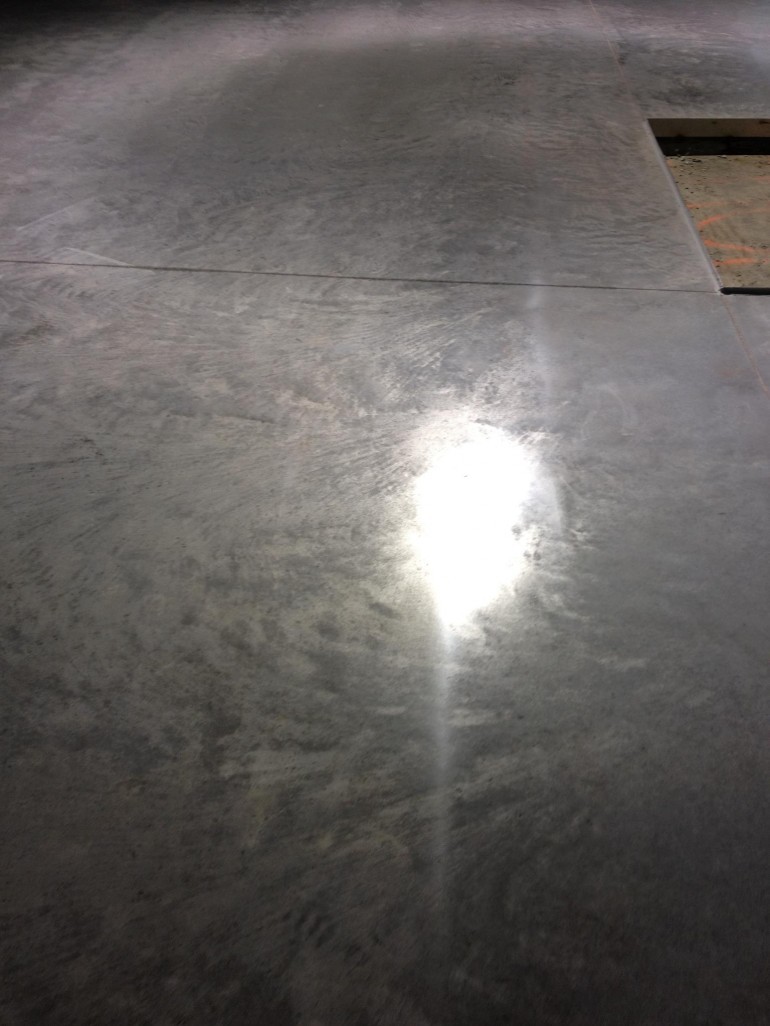
![]()
When trying to decide what type of sealer you want to use you should ask yourself three things. First, what amount of maintenance do you expect? Are you willing to clean the floors occasionally and apply more coats as needed, or are you more of a “one and done” person when it comes to maintenance? Secondly, what are you expectations? Are you more concerned about the ease of applying the product, the durability of the product, or low maintenance floors? Third, what do you want to do with the color? Do you want to make it richer and deeper or make it close the the finish that is being sealed?
The next thing to do is to look at the performance features and characteristics of the sealer. Check the content of the volatile organic compounds, or VOC, the level of solids, appearance (matte finish to high gloss), yellowing aspects, oil and grease resistance, absorbability, coverage, and most importantly, the life expectancy.
Generally, acrylics are very breathable and create a thin protective layer on the surface of the concrete. Penetrating sealers have a chemical reaction with concrete to protect against moisture absorption and other chemicals. We will discuss some specific sealer characteristics that are made for light commercial and residential use.
Water-based Acrylic Sealers - These sealers are very easy to apply and are very breathable. They are quick to dry, easy to clean after they are applied, have a low volatile organic compound content (compared to traditional products), and they don’t yellow. The coating is clear, but can have a bit of a waxy appearance. Water-based acrylic sealers are close to the chosen color application, although they less performance and a short life span when compared to other sealers.
Solvent-based Acrylic Sealers - These sealers are also very easy to apply and dry quickly. They also are stain resistant, penetrate well, have great clarity, provide penetration, enhance color, and have a deep, but transparent finish and enhance color. Cure-and-seals are able to be applied directly to fresh poured concrete and can have a wet looking final appearance depending on your choice of product. Solvent-based sealers do have quite a strong odor. They are also known to yellow over time. Bubbles can be created if evaporation happens too fast or if the sealer is applied on concrete with higher temperatures. Solvent-based sealers are typically used with decorative and stamping procedures that are cast directly into the concrete and can be applied within the first 72 hours of the concrete setting.
Silane/Siloxane Penetrating Sealers - These sealers are frequently used with horizontal or vertical concrete to repel water. They are very breathable, have great penetration, and are protected from freeze-thaw cycles, salt, and efflorescence. The downfalls of these sealers are that they have an odor, they lack color enhancement, and they have low chemical resistance. One way they can be used to create a high sheen is to apply a penetrating sealer followed by a solvent-based acrylic, this will give it a decorative appearance.
Densifiers - Densifiers compact and harden concrete and penetrate well. They also offer minimized porosity and moisture migration, and resist salt and heavy traffic well. They do not enhance color or have a good sheen.
At Custom Concrete Creations we have state of the art equipment and a properly trained team with years of experience. Custom Concrete Creations is a premier contractor serving the Omaha area as well at the midwest. Give us a call or send us an email for your custom concrete finishing needs today!
